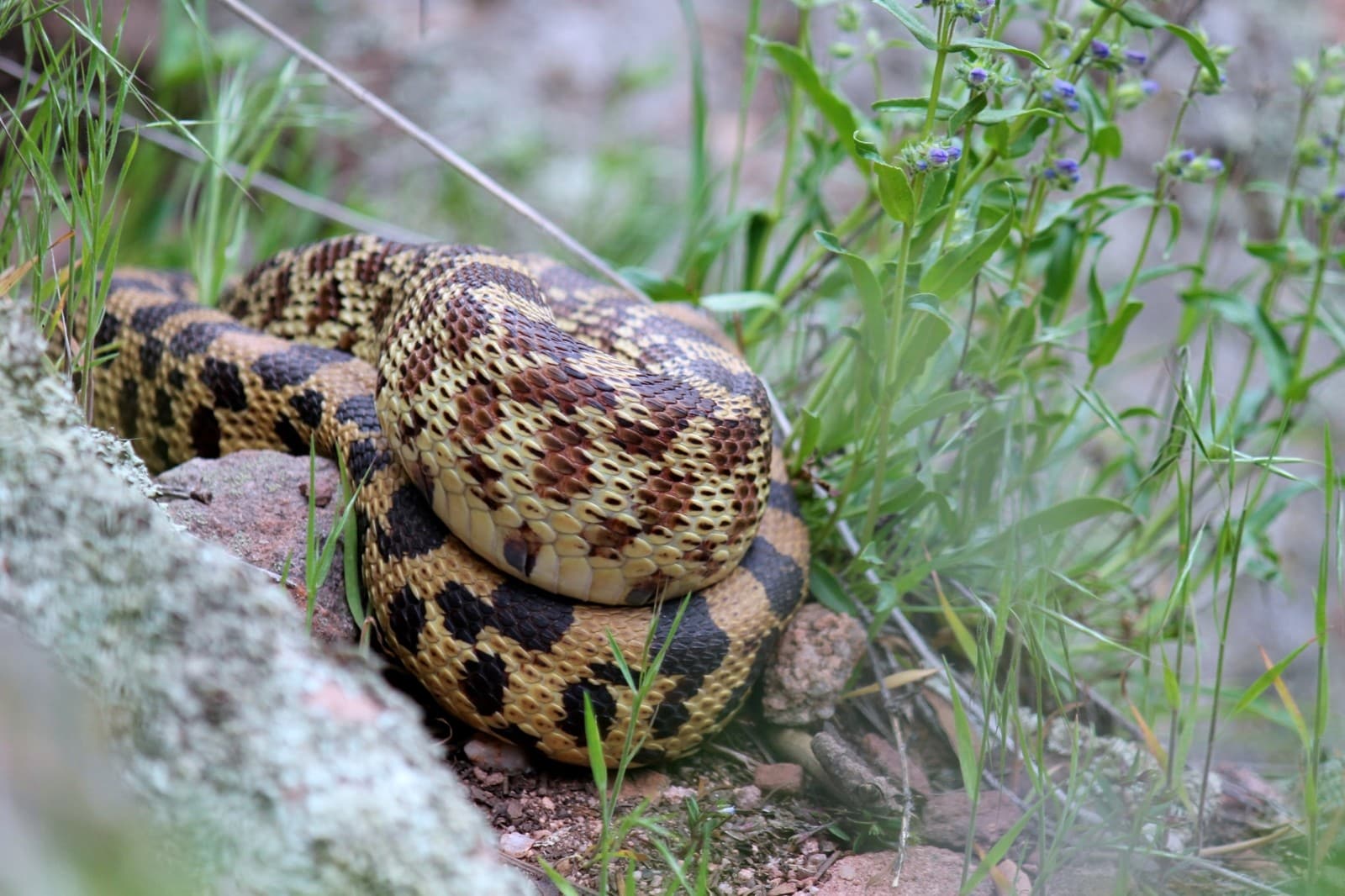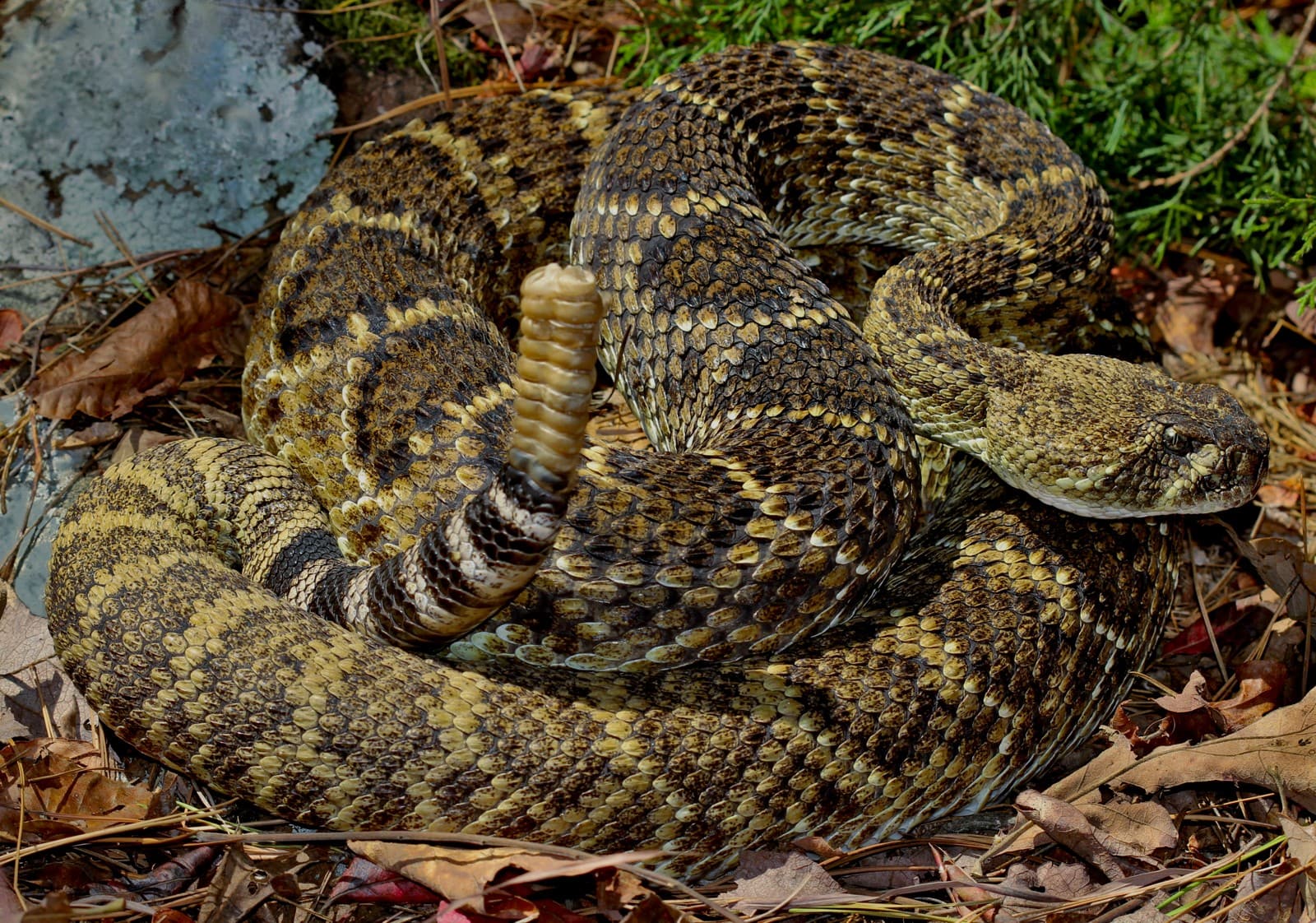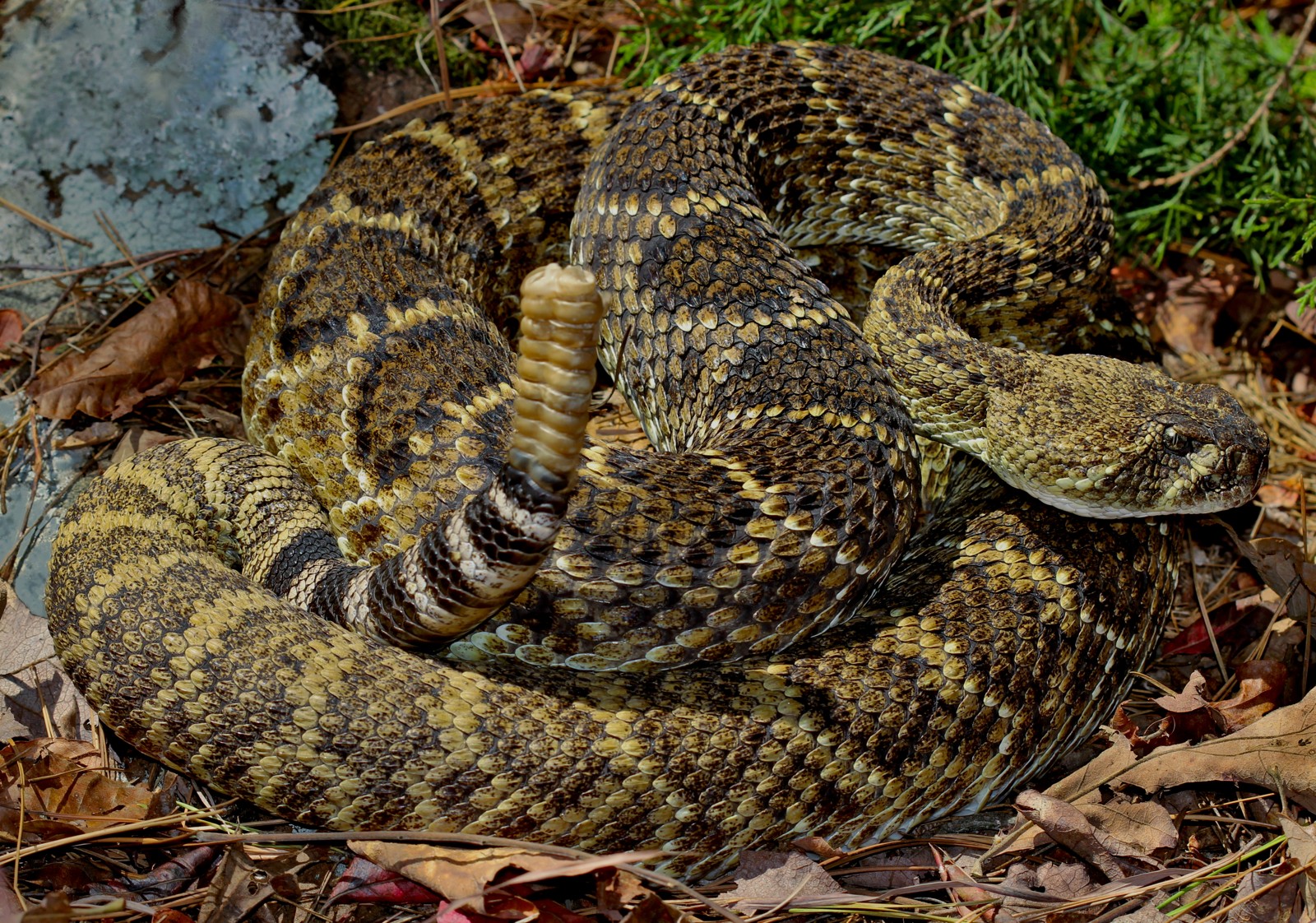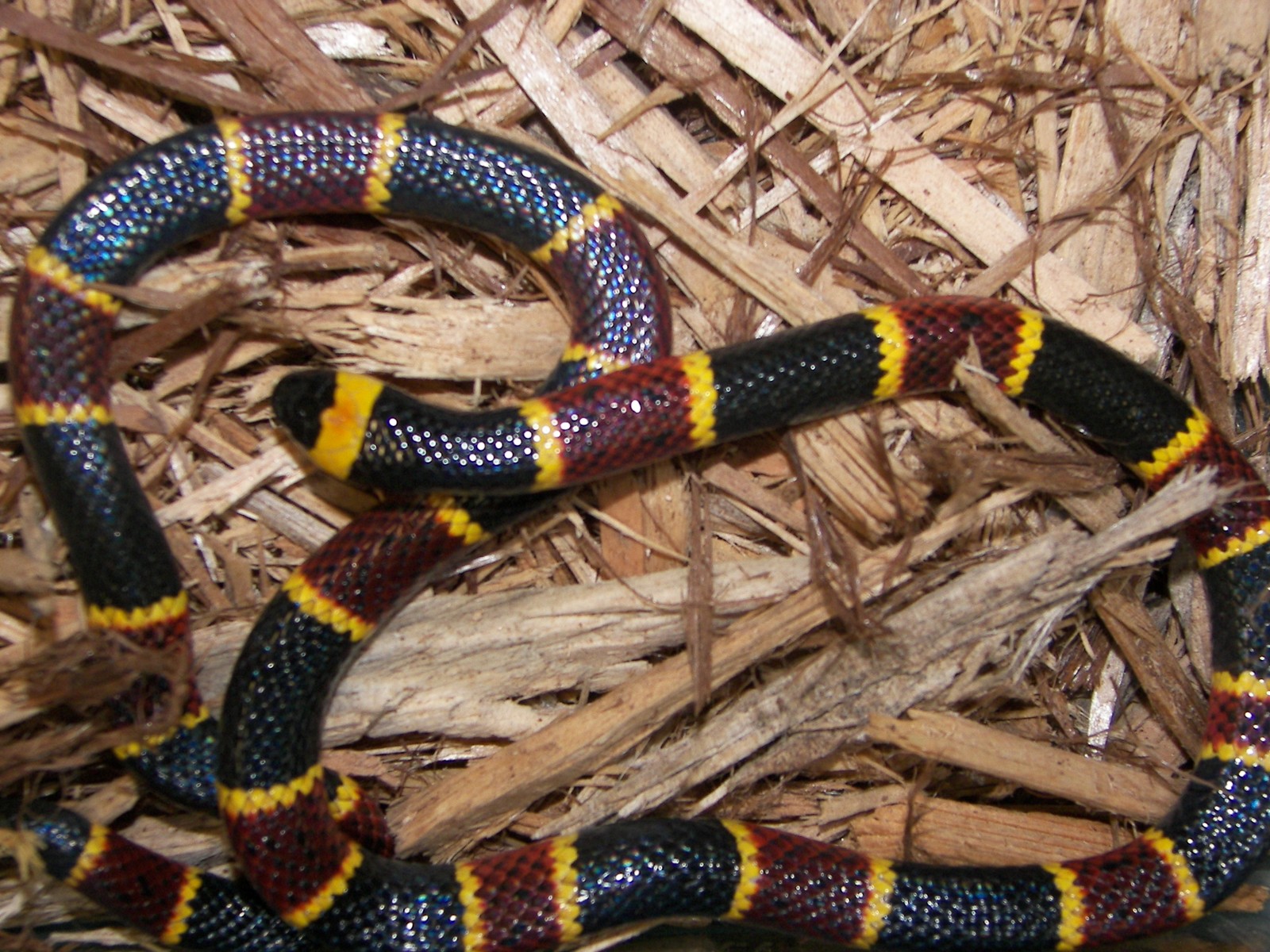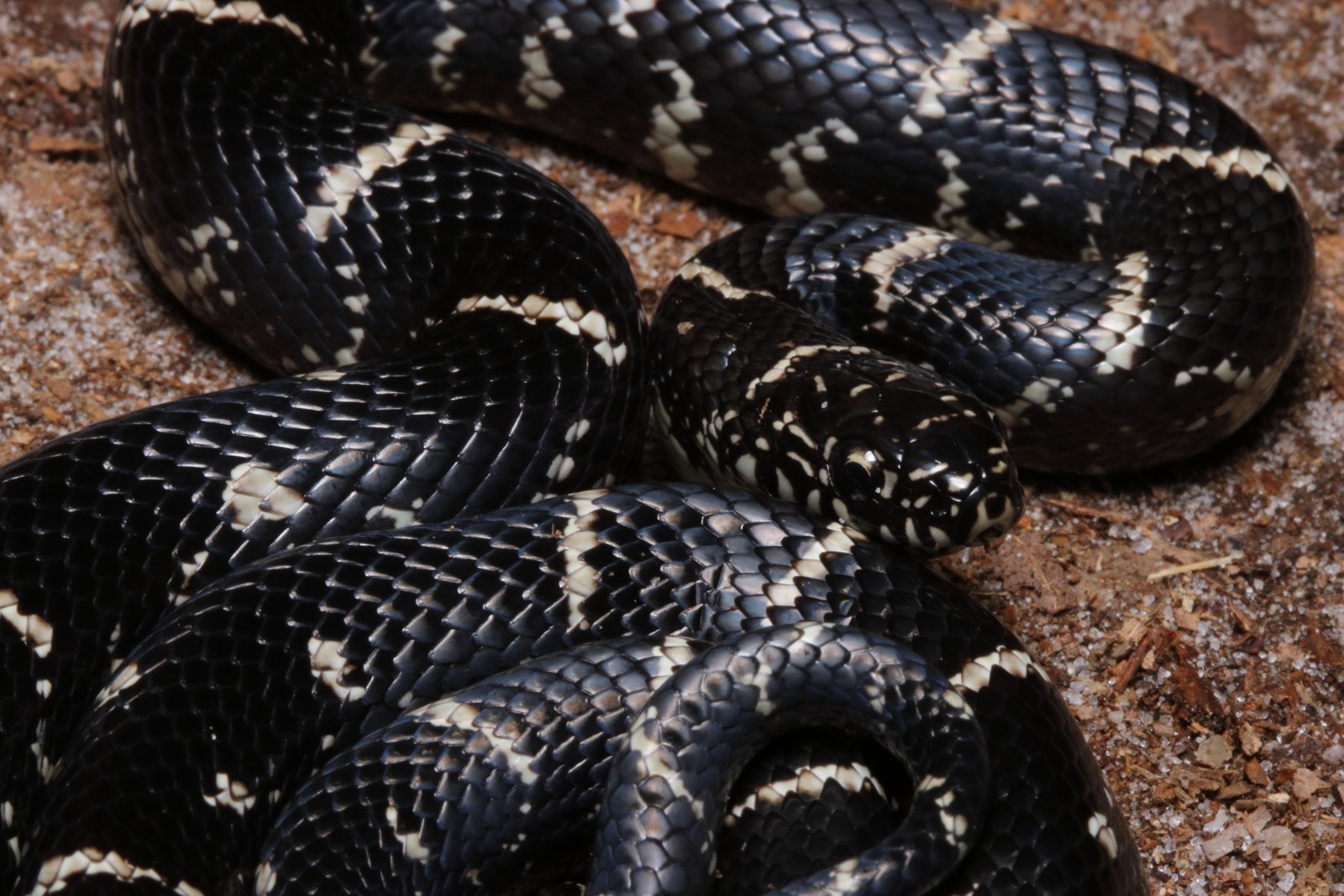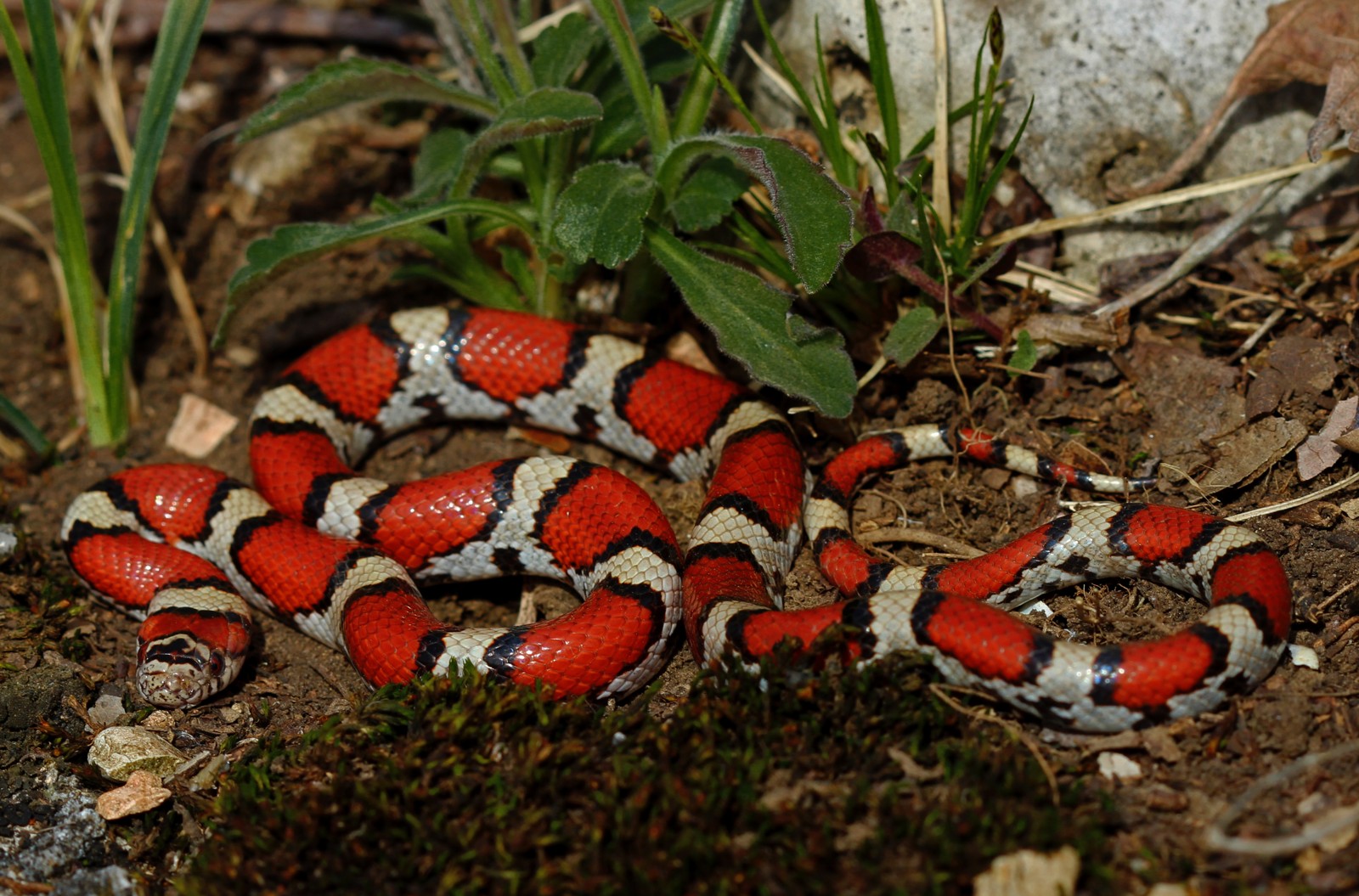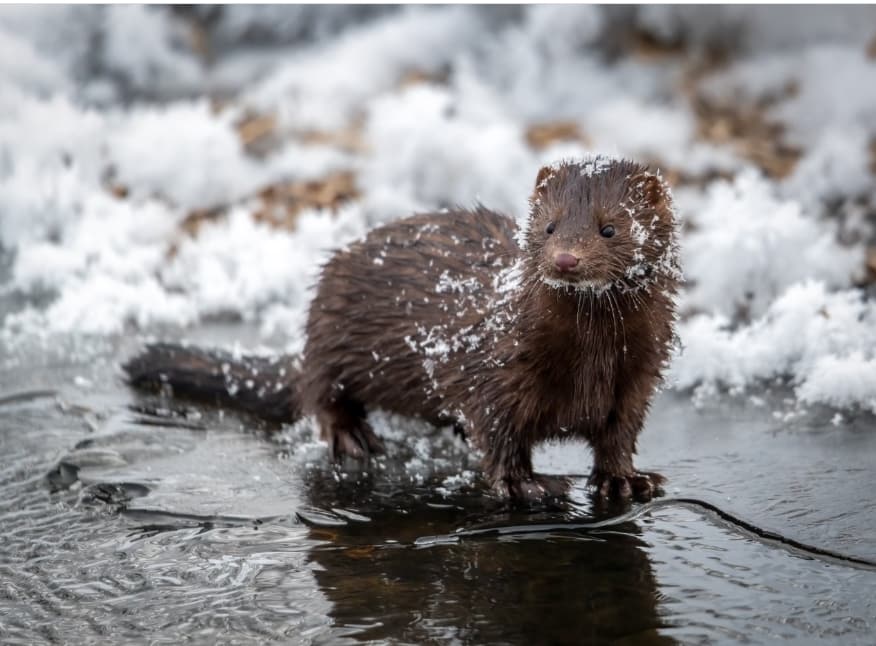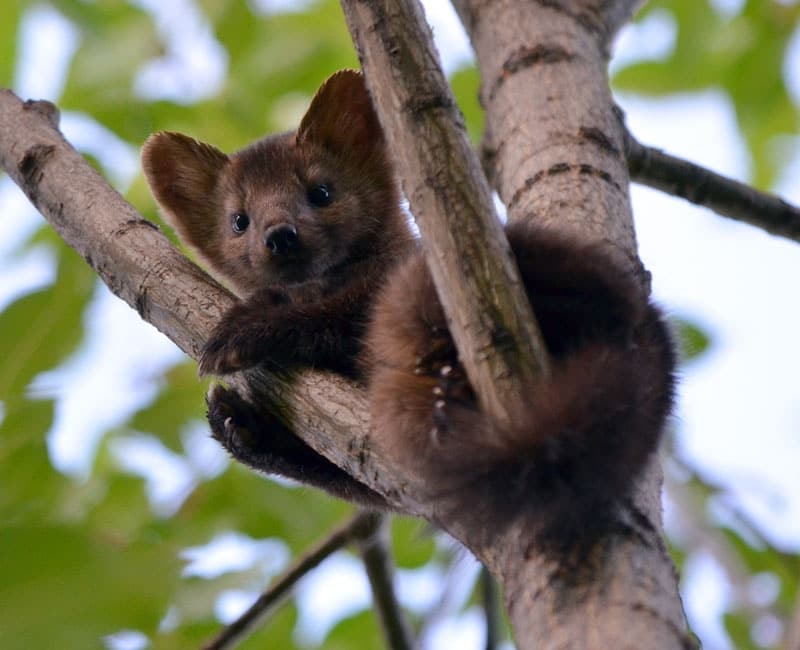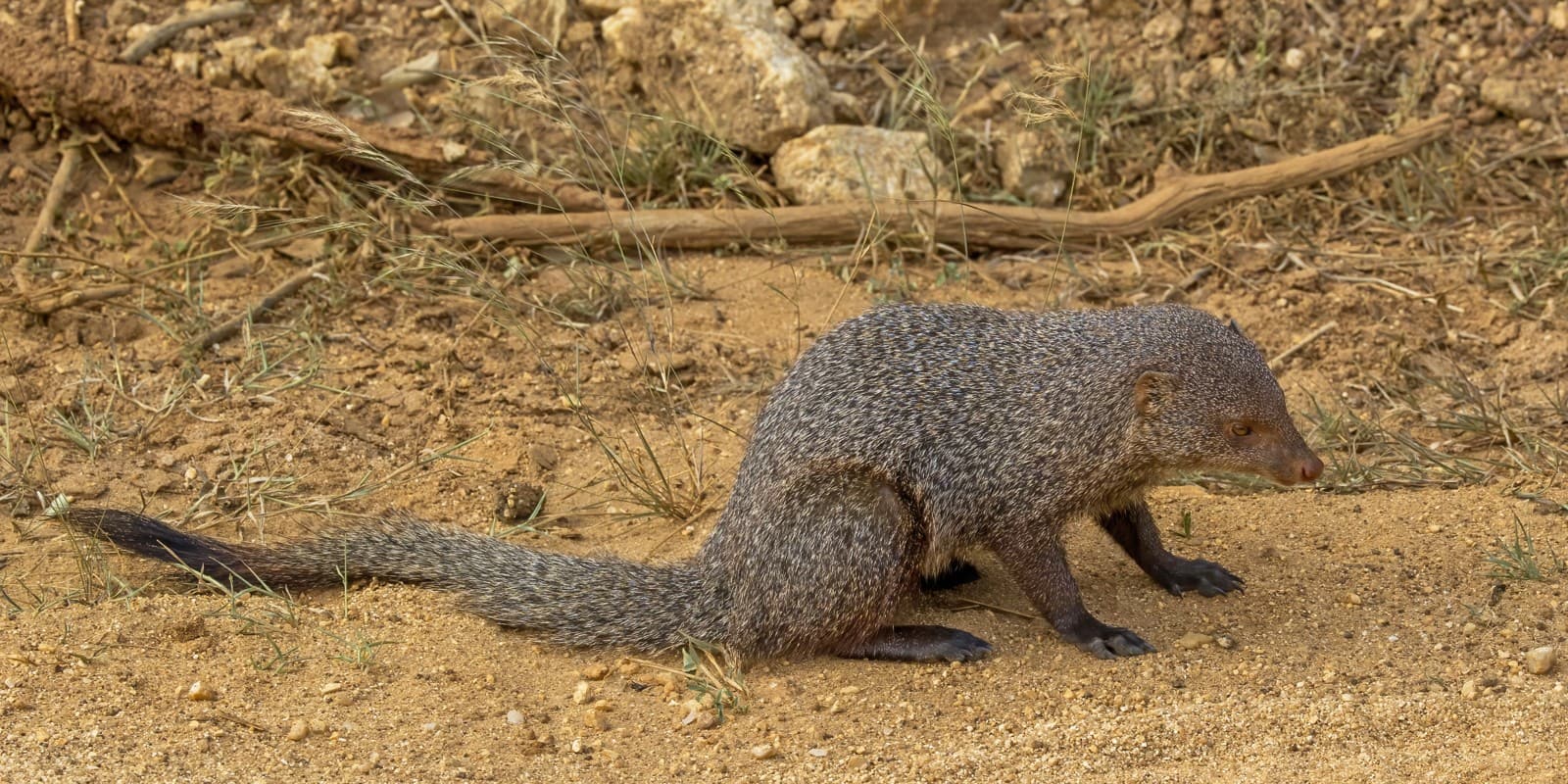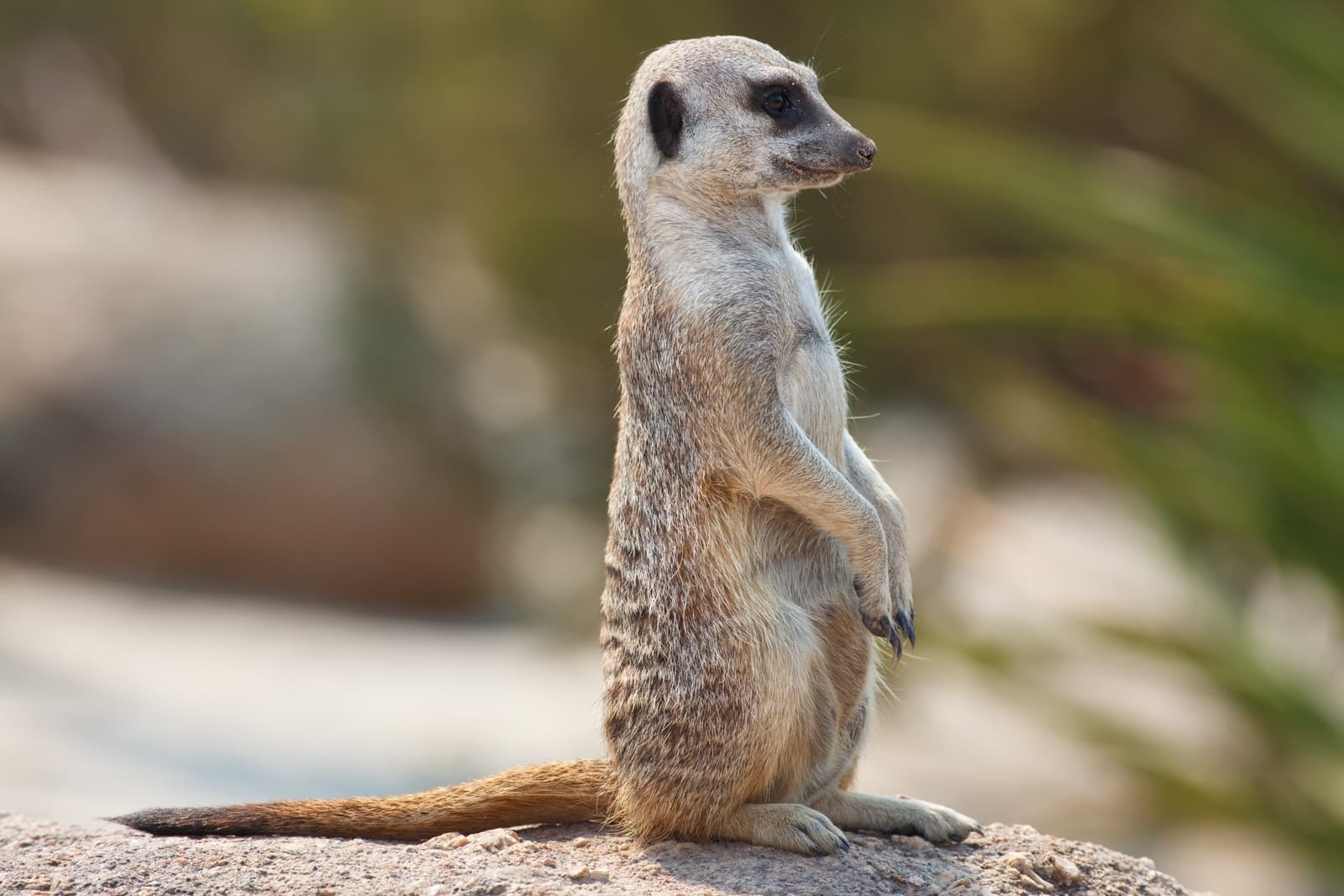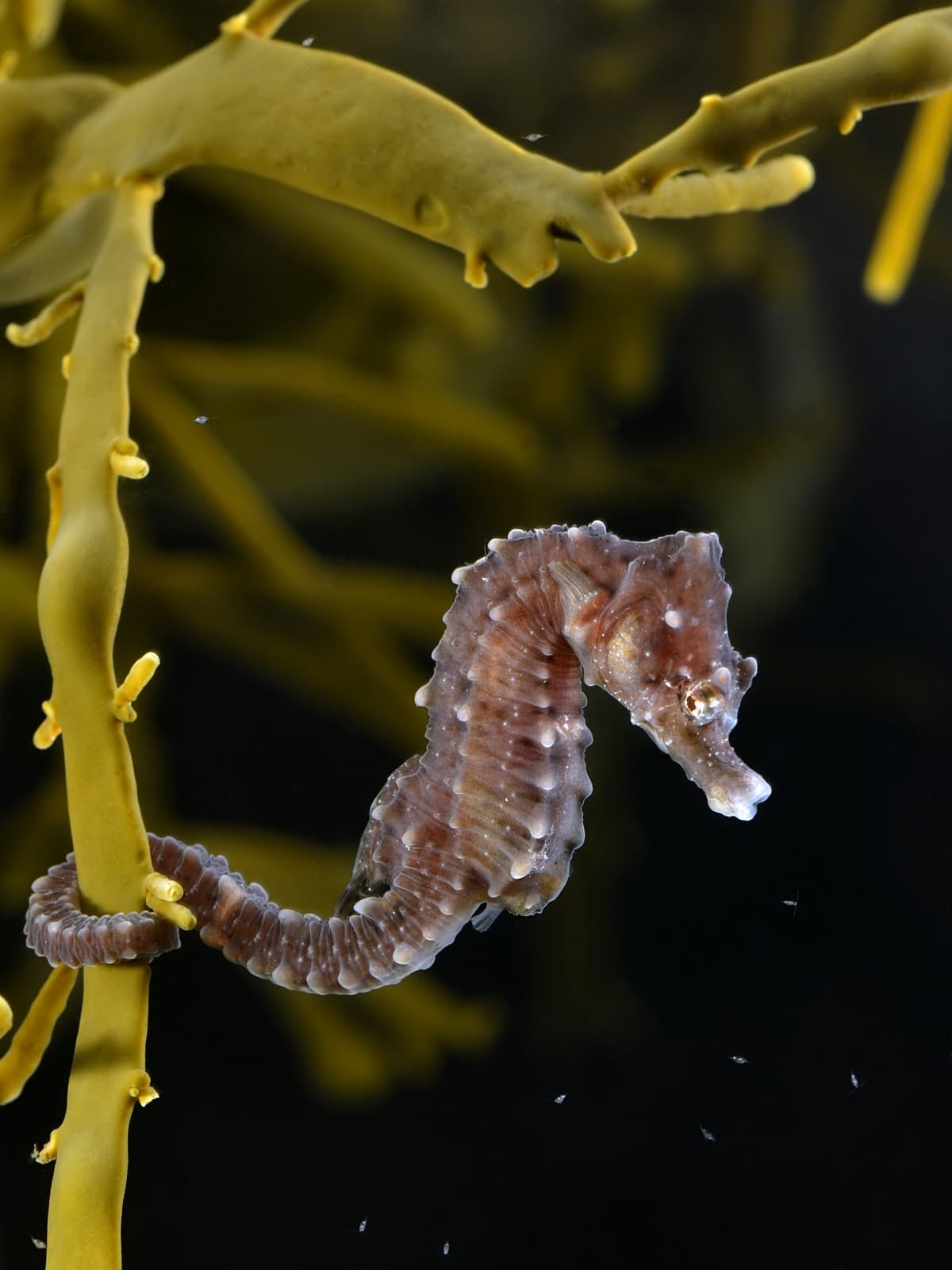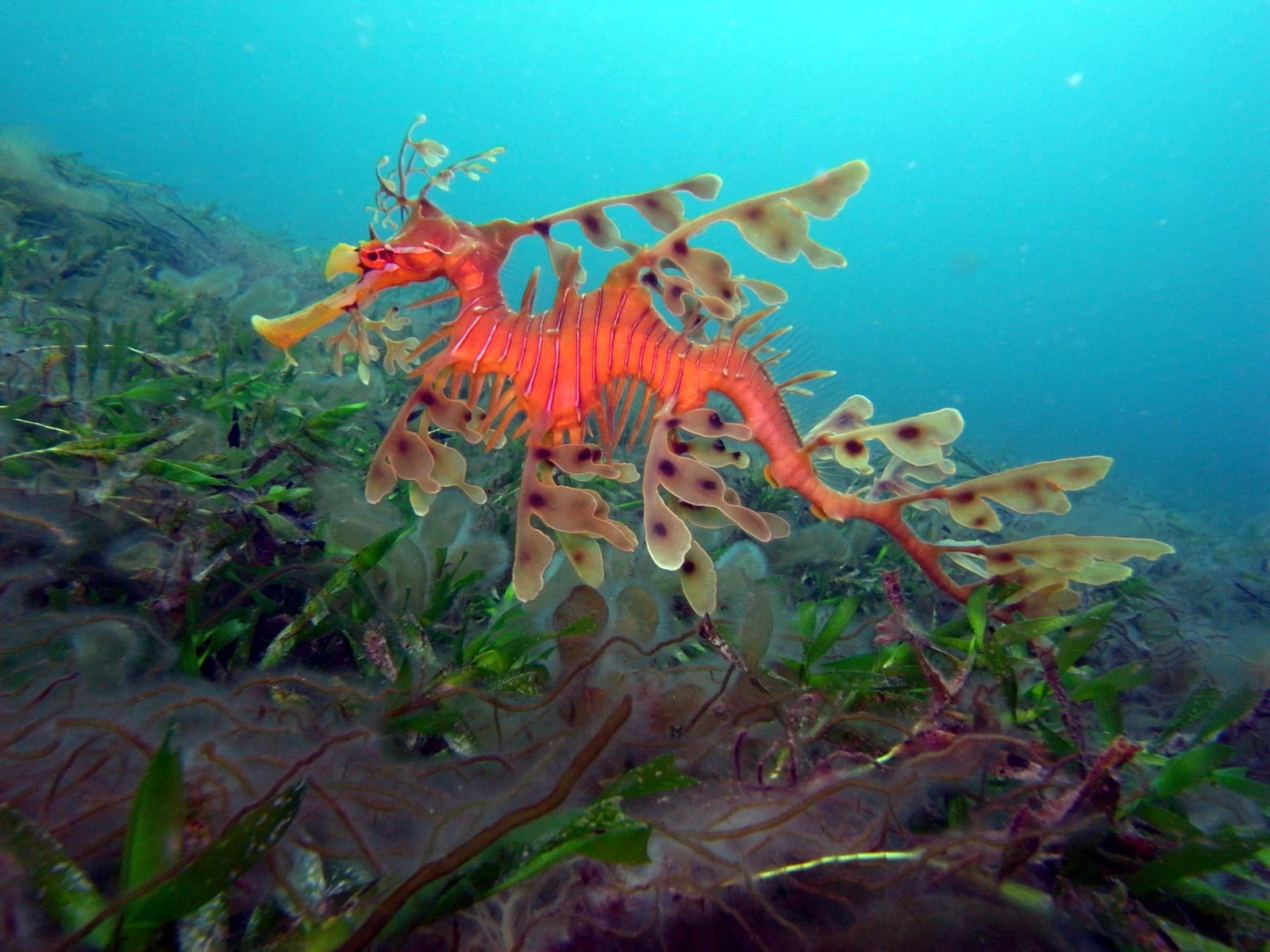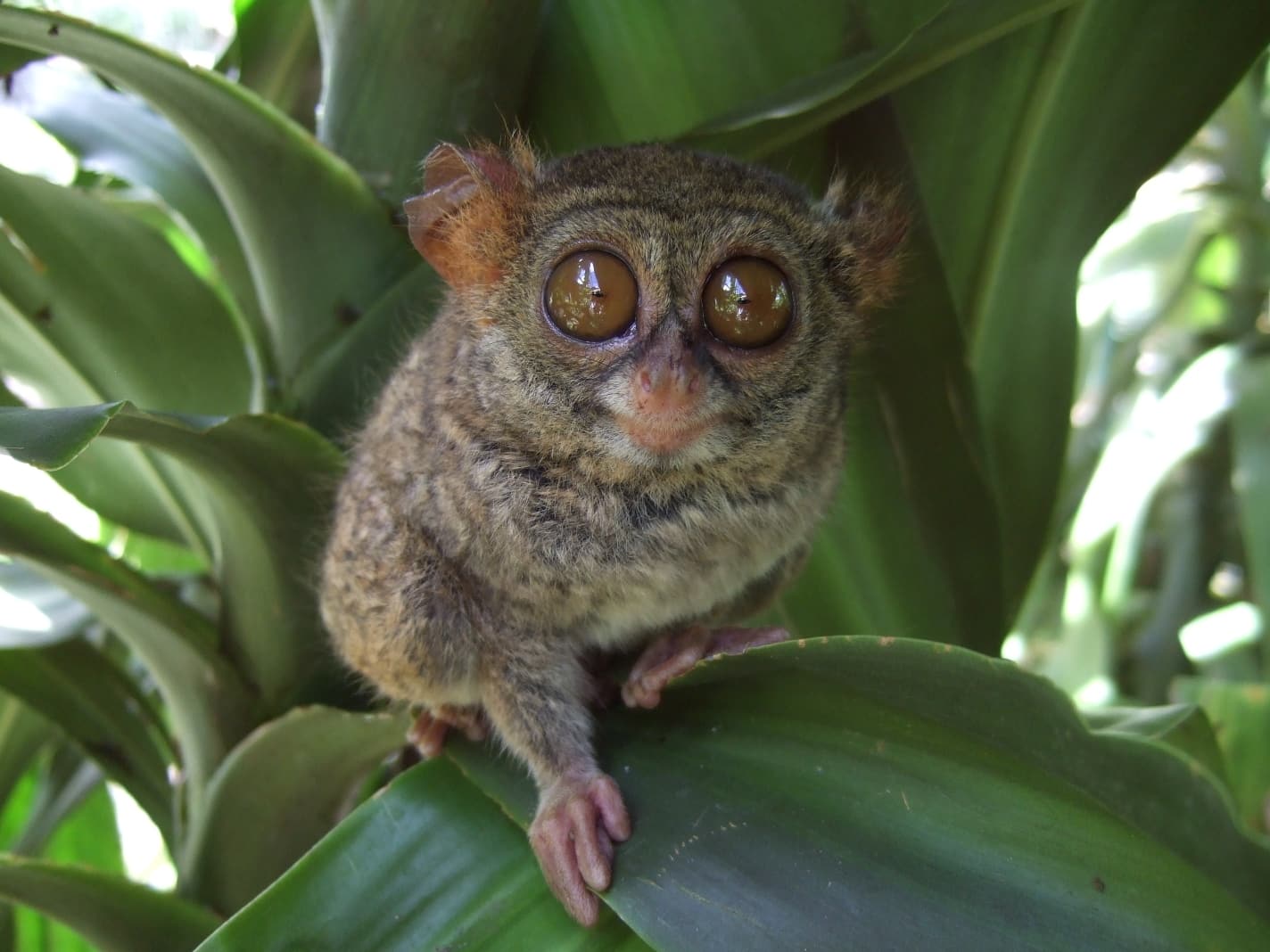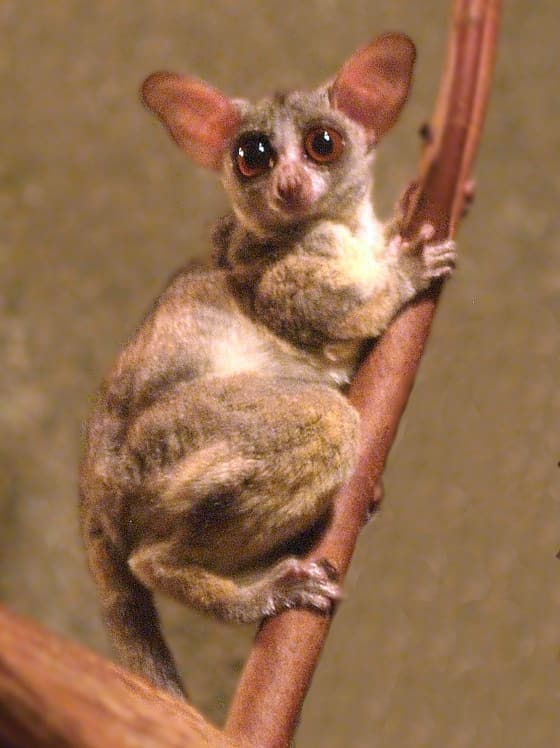King Cobra vs Rattlesnake: A Complete Comparison
In the realm of venomous snakes, the King Cobra and Rattlesnake stand as legendary adversaries, each commanding respect through distinctly different hunting and defense strategies. The King Cobra (Ophiophagus hannah) towers as the world’s longest venomous snake, reaching lengths up to 18.5 feet (5.85 meters), while Rattlesnakes, comprising 36 species, rarely exceed 8 feet (2.4 meters). These formidable predators represent the pinnacle of snake evolution on opposite sides of the globe.
When comparing King Cobra vs Rattlesnake characteristics, several key differences emerge. King Cobras possess a sophisticated neurotoxic venom that can kill an elephant within hours, while Rattlesnakes deploy a hemotoxic venom that destroys tissue and blood cells. Their hunting techniques, defensive behaviors, and even their choice of prey reveal fascinating evolutionary adaptations that have enabled both species to become apex predators in their respective habitats.
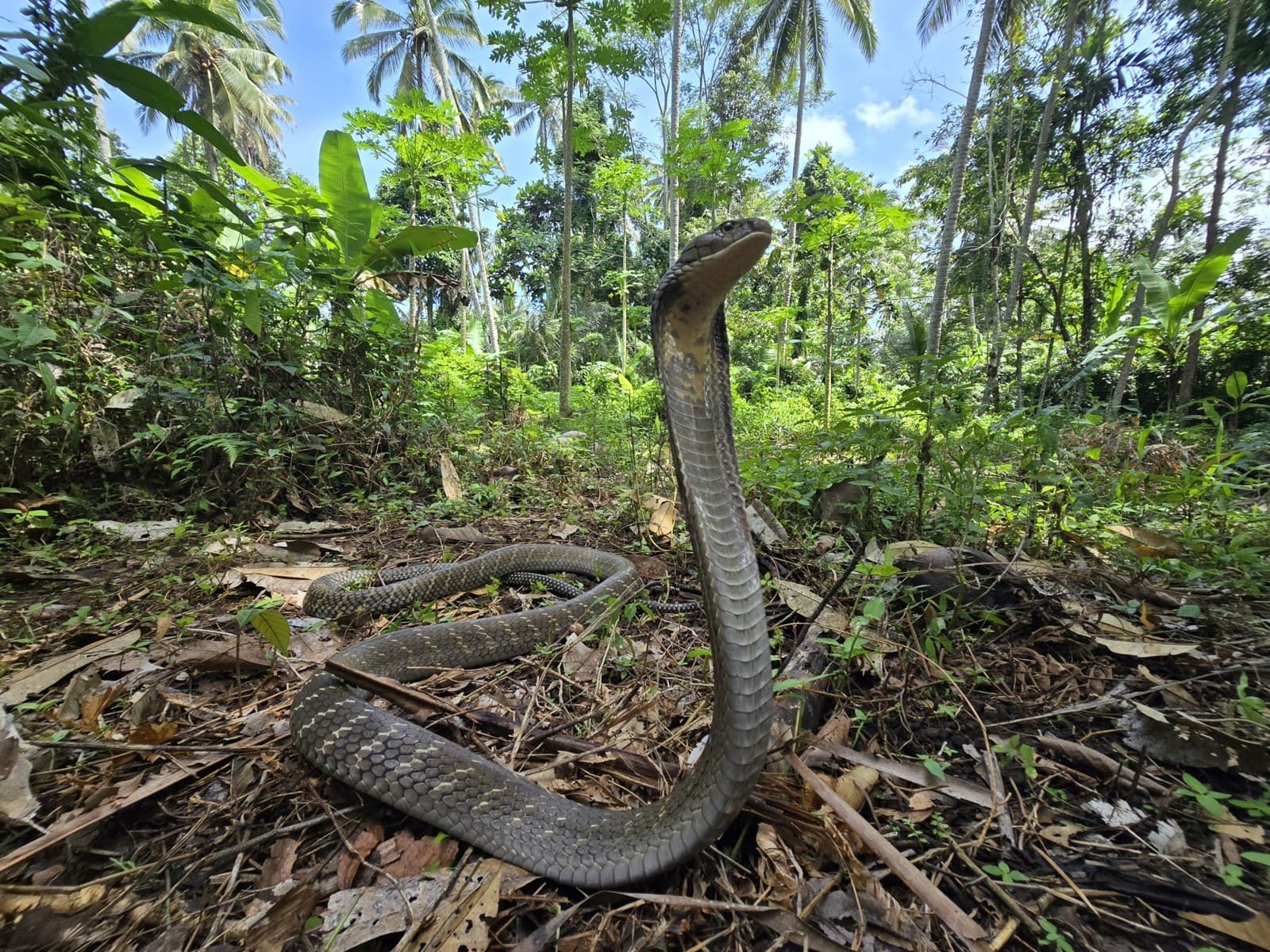
© Max Tibby / CC0
The King Cobra demonstrates its iconic defensive display, spreading its magnificent hood and rising up to one-third of its body length. This impressive posture, unique among venomous snakes, can intimidate even the largest predators.
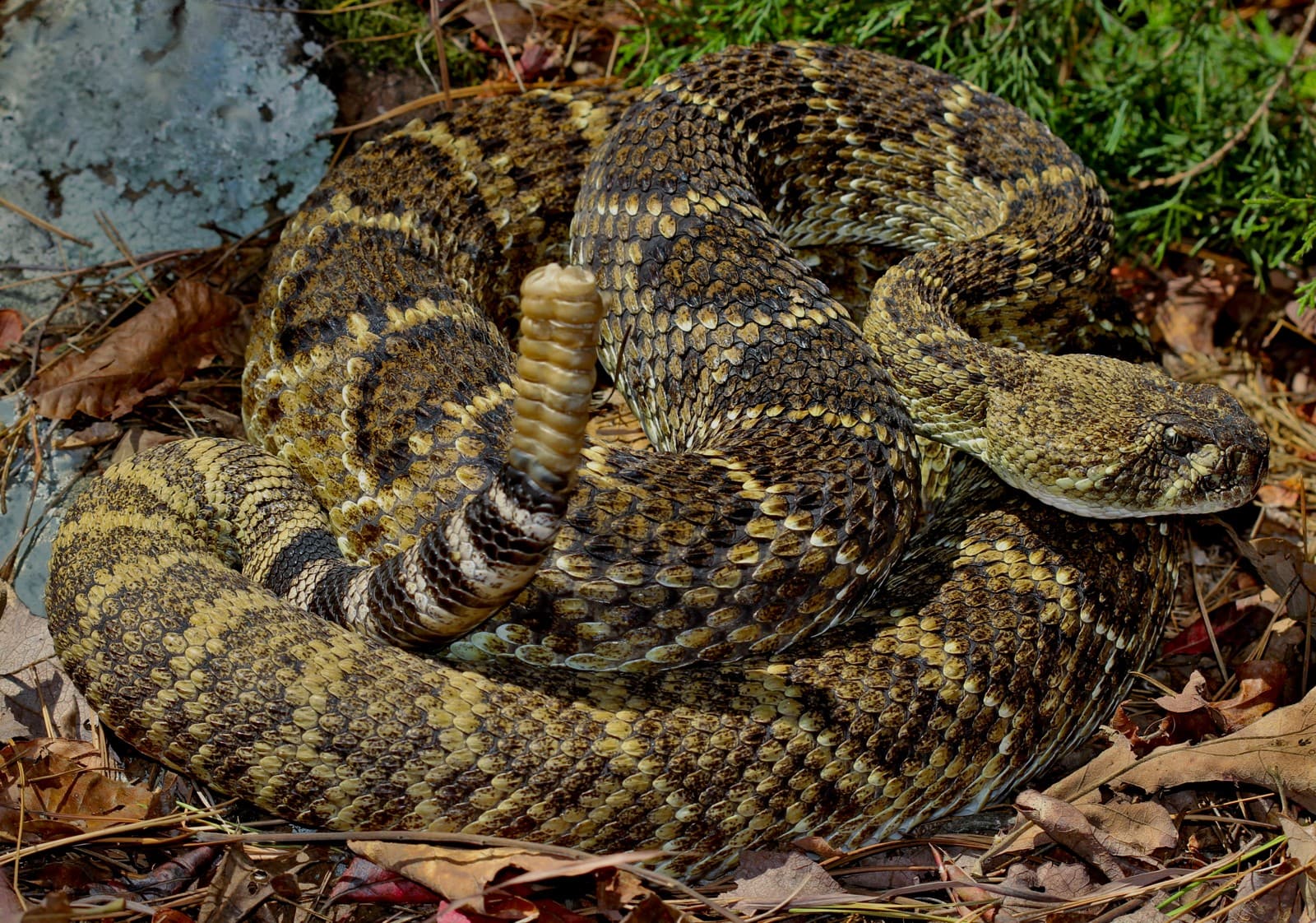
© Peter Paplanus / CC BY 2.0
The Rattlesnake exhibits its characteristic defensive coil, with its namesake rattle raised in warning. This advanced warning system, evolved over millions of years, sets it apart from all other venomous snakes.
Key Differences: King Cobra vs Rattlesnake
| Feature | King Cobra | Rattlesnake |
|---|---|---|
| Size | 10-18.5 feet (3-5.85 meters) | 3-8 feet (0.9-2.4 meters) |
| Venom Type | Neurotoxic | Hemotoxic |
| Warning System | Hood display | Rattle warning |
| Habitat | Southeast Asian rainforests | Americas (various environments) |
| Diet | Primarily other snakes | Small mammals and birds |
| Venom Yield | 420-600 mg | 20-350 mg (species dependent) |
Habitat and Distribution
King Cobras reign supreme in the tropical and subtropical regions of Southeast Asia, preferring dense forests with high humidity and abundant prey. These sophisticated hunters require large territories, often up to 6 square miles (15.5 square kilometers), to sustain their unique diet of other snakes.
Rattlesnakes, conversely, have adapted to diverse environments across the Americas, from desert landscapes to mountain meadows. Their remarkable adaptability has led to numerous species evolving specific traits for their local environments, from the timber rattlesnake of eastern woodlands to the sidewinder of desert regions.
Venom and Hunting Strategies
The venom composition and hunting strategies of these serpents reflect their evolutionary paths. King Cobras deliver a powerful neurotoxic venom that quickly immobilizes prey by attacking the nervous system. A single bite can inject up to 600mg of venom, enough to kill 20 humans or even an adult elephant.
Rattlesnakes employ a different approach, using hemotoxic venom that destroys tissue and disrupts blood clotting. Their heat-sensing pits, located between the eye and nostril, allow precise targeting of warm-blooded prey, even in complete darkness. While less lethal than cobra venom, rattlesnake venom is exceptionally efficient at digesting prey.
Defensive Behaviors
King Cobras display remarkable intelligence in defensive situations, capable of tracking movement and maintaining eye contact with potential threats. They can raise up to one-third of their body length off the ground, creating an imposing display that can bring them eye-level with a standing human.
Rattlesnakes prefer avoidance over confrontation, using their iconic rattle as a warning system. This unique adaptation, composed of interlocking segments of keratin, creates a distinctive buzz that can reach 65 decibels, audible from 60 feet (18.3 meters) away.
Who Would Win in a Fight?
While such encounters would never occur naturally due to geographic separation, a theoretical match-up between these species would likely favor the King Cobra. Its advantages include:
- Superior size and reach
- Faster-acting venom
- Greater venom yield
- More sophisticated hunting strategy
- Ability to combat other snakes (ophiophagus)
However, both species typically avoid confrontation with other predators, preferring to use their defensive displays and warning systems to prevent conflict.
Conservation Status and Threats
Both species face significant challenges from habitat loss and human persecution. King Cobras are listed as Vulnerable on the IUCN Red List, while several rattlesnake species face similar pressures. Conservation efforts focus on habitat preservation and reducing human-snake conflict through education and awareness programs.
Understanding these magnificent predators’ roles in their ecosystems helps highlight the importance of their conservation. Each species represents millions of years of evolutionary refinement, resulting in perfectly adapted predators that help maintain the delicate balance of their respective ecosystems.
